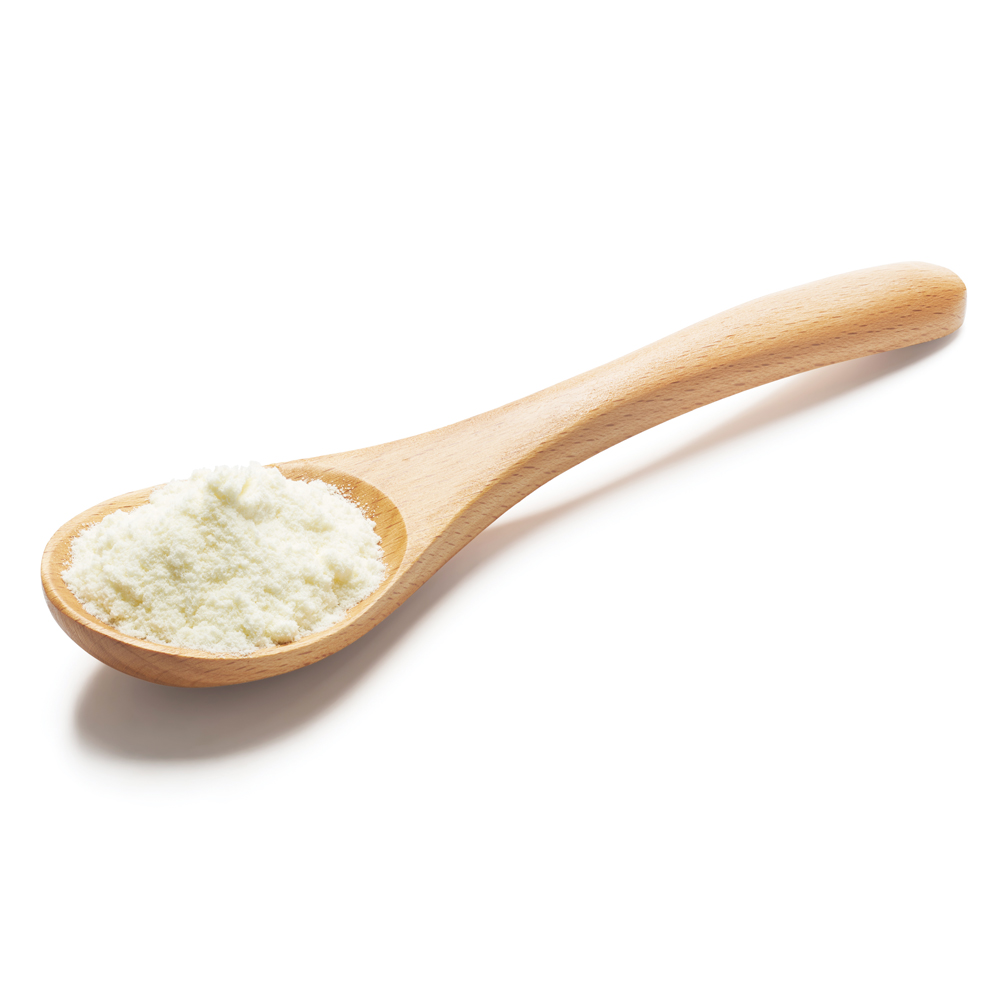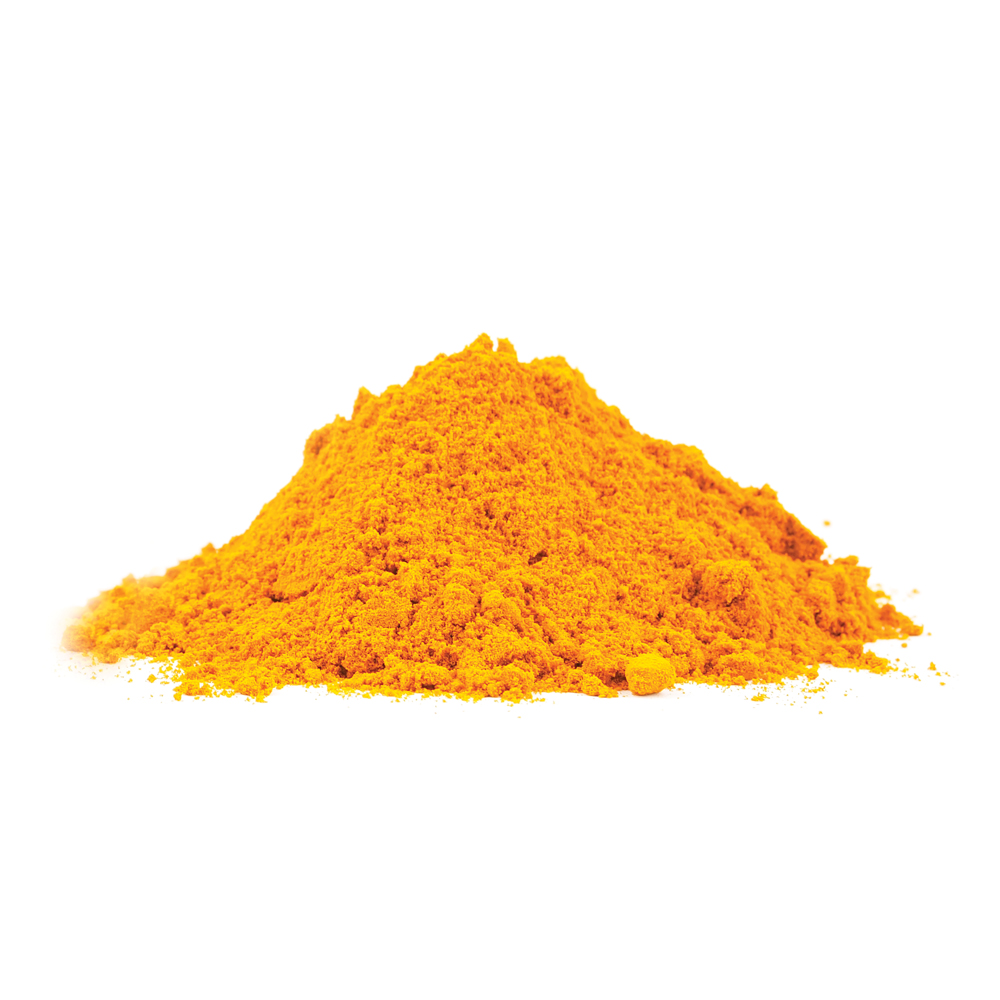

Natural Joint Supplements for Dogs
Dog lovers are ditching the NSAIDs and treating their dogs’ joint pain with powerhouse natural supplements—and seeing amazing results
Do joint supplements for dogs really work?
Lydia Hamm had never been able to keep up with her German Shepherd.
For years, Lydia struggled to keep up with Muffin on the long hikes that pair would take.
In 2018, over the period of several weeks, the Las Vegas resident noticed that six-year-old Muffin was slowing down, and appeared to have some stiffness in her left hip. Soon, she started lagging behind on walks, which Lydia said was out of character for her usually energetic pup. When Muffin fell trying to get onto her spot on the couch, Lydia knew she needed help.
Approximately 25 percent of dogs are diagnosed with arthritis in their life time, and as many as 60 percent of dogs have radiographic evidence of it, says Dr, Becky Lundgren. Dr. Kristopher Chandroo, who runs the full-service mobile veterinary clinic The 100x Vet in Ottawa, Ontario, certainly sees a lot of joint disease in his practice.
While joint disease itself doesn’t cause death, “it often affects their quality of life,” he says. “They can live just as long except they suffer in silence. Debilitating joint issues sometimes results in humane euthanasia.”
“There are some diseases in pets that fall into the ‘I see it every day’ category,” he says. “Joint disease is one of those. It’s a part of life for many people and pets.”
Canine joint problems fall into two major categories: developmental—which include hip and elbow dysplasia, osteochondritis dissecans, and hypertrophic osteodystrophy that tends to affect certain breeds and dogs—and degenerative, which happens because a ligament is degenerating over time, causing instability and secondary osteoarthritis.
One common misconception about joint problems is that only middle-aged and older dogs are affected by osteoarthritis. “We know it starts much earlier in their lives,” says Dr. Chandroo. “It starts from early development—elbow, hip, and knee issues can start during or just past puppyhood…. Much of it can start with developmental problems—the genetics and the way the joints and cartilage develop in youth.”
A second misconception is that mostly larger dogs are affected by joint issues, because they bear more weight. Although increased size and weight can exacerbate joint problems, this doesn’t mean that smaller dogs will be unaffected. “If they have fur and four paws, they can be affected by osteoarthritis or joint disease,” says Dr. Chandroo. “Any breed or size of dog can show joint problems.”
Those who opt for surgery for their pets will find minimally invasive procedures, such as the arthroscopic repairs and treatments and biological treatments, which include different types of injections or replacements of tissues. For both surgical and non-surgical cases, there are non-steroidal anti-inflammatories (NSAIDs) like Deramaxx, Metacam, Previcox and Rimadyl, but while they reduce pain, they may also cause gastrointestinal issues, problems with blood vessel constriction, blood clotting, and kidney function, and in rare cases, death. They may also make joint issues worse by breaking down cartilage.
Lydia had Muffin on the NSAID carprofen for several weeks but noticed that Muffin had lost her appetite while on the drug, which was a cause for concern, as her dog was usually a hearty eater. That’s when she decided to try a supplement instead.
Owners like Lydia looking for more natural therapies for their pets will find a slew of options. There are supplements, which Dr. Chandroo recommends, as well as physical therapy and rehabilitation programs that include ultrasound and hydrotherapy for pets. While many higher-quality commercial and vet-recommended pet foods now contain fish oils and glucosamine/chondroitin, supplements are also available so that pet owners can control the amount to give to their dogs.
“Supplements can be extremely helpful for arthritis for a variety of reasons,” agrees Dr. Katherine Kramer, medical director at the VCA-Canada Vancouver Animal Wellness Hospital and a member of the Hemp Expert Working Group of the National Animal Supplement Council. “There is good evidence now to support the use of glucosamine and Cartrophen/Adequan (polysulfated glycosaminoglycan, or PSGAG, an injectable drug used to alleviate the lameness, pain, and lowered range of motion caused by arthritis) to help support healthy cartilage to delay joint deterioration,” she says. “Several supplements, such as omega-3 essential fatty acids, turmeric, CBD products, boswellia, green-lipped mussels, and other herbs can have profound anti-inflammatory effects.”
Supplements can often help delay the need to use arthritis medication or reduce the amount needed, says Dr. Kramer. Although these natural alternatives can be readily found at health food stores, she warns pet owners to exercise care when choosing a supplement. “Unfortunately, there are tons of products being marketed to pet owners that have little scientific backing or quality control. Although generally safe, there are some supplements that can have serious side effects. Always consult your veterinarian before trying a supplement on your dog. Look for the National Animal Supplement Council seal as well.”

Raw bones (never cooked—cooked bones can splinter) of beef, pork, lamb, chicken and turkey provide your dog with the calcium and phosphorus he needs to stay healthy. There are two kinds of raw bones: edible bones, which don’t contain marrow, and recreational bones, which are big femur or hip bones filled with marrow. The edible bones are the ones you want—they provide calcium, phosphorus and trace minerals to your dog. Beware of bones that are too small, which can become choking hazards, and always supervise a dog with a bone. If your dog isn’t a chewer, try bone broth, which can relieve joint pain and arthritis, keep your dog’s skin, coat and bones healthy, detoxify the liver and support digestive health.
Try Modern Dog’s bone broth for dogs recipe.
When used properly, supplements can make all the difference. With only three legs, Babette, a Flat-Coat Retriever/Border Collie mix, relies on supplements to keep her joints as healthy as possible, says owner Tania Calverley of Ottawa.
Born with a peg leg for her hind left, Babette underwent a full amputation at four months of age. “Her back leg acts as a rudder and her hips have shifted so that the back leg is now a true tripod and sits in the centre of her stance and that puts a lot of pressure on those joints and ligaments,” says Tania, who administers a combination of glucosamine and chondroitin to Babette. Since starting the supplement, “I can confidently say that she is stronger and more confident in her body,” Tania adds. “Using the supplements makes us feel like we're at least taking an extra step to help her be as healthy as possible.”
When her 13-year-old Poodle-Shih Tzu mix, Mr. Muggs, was diagnosed with a luxating patella [a condition common in small and miniature breeds in which the kneecap dislocates] four years ago, Susan Petrick’s vet recommended a combination of glucosamine and chondroitin for ongoing treatment of his pain.
“We’ve had no recurrences since giving it to him regularly,” says the Kingston, Ontario resident. “A couple of years ago, we left Muggs with a pet sitter who I think forgot to give him his supplement regularly. When we came home, I could tell he hadn’t had his medication regularly. He limped. As soon as we restarted him on it, we could see that he was better. The limp went away.”
Depending on the patient, vets may recommend a multi-pronged treatment that includes exercise and rehab. Together, these treatments can slow down the progression of osteoarthritis or reduce joint pain.
Ottawa resident Judith Cane has one such plan for her 12-year-old Golden Retriever, Abby, who suffers from lameness in one of her legs. After ruling out surgery because of her age, she is on glucosamine and is undergoing laser treatments. “As soon as we see some improvement, we’ll add exercises,” she says.
Watching your dog’s weight will keep the pressure off his joints, and exercise will keep the muscles surrounding the joints strong, says Dr. Chandroo. He recommends speaking with your dog’s vet about a plan for physical activity. “Exercise in and of itself helps reduce pain associated with joint disease,” he says. “They’ve got to keep moving, and often, they’ve got to lose some weight.”
The end result, he says, is worth it. “It is not uncommon for people to tell me their pets seem brighter and younger once their joint issue has been addressed,” Dr. Chandroo says.
Lydia, for one, has noticed that Muffin seems like “a whole new dog.” Four months into trying a regimen of glucosamine has helped immensely. “Now when we go hiking, I’m the one at the back of the pack again,” Lydia jokes. “All is as it should be.”
8 Natural Supplements That Can Help With Your Dog’s Joint Pain

A joint supplement for dogs, astaxanthin (red algae) is an antioxidant that has been shown to improve heart health and boost the immune system, as well as relieving pain and inflammation by blocking chemicals that create pain. Astaxanthin is present in most red-coloured aquatic organisms. It is produced naturally in microalgae Haematococcus pluvialis and the yeast Phaffia, as well as Pacific krill, Antarctic krill, and Arctic shrimp. Shrimp shells are a good source of astaxanthin for dogs—the astaxanthin is almost exclusively concentrated in the shells, with only low amounts in the flesh itself. It’s important to note that astaxanthin content varies from species to species and from individual to individual.
2. Boswellia
Also called Indian frankincense, Boswellia is an herbal extract taken from the bark of the Boswellia serrata tree. As Boswellic acids have anti-inflammatory and analgesic properties, boswellia is used in Asian and African folk medicine. It's believed to treat chronic inflammatory illnesses like rheumatoid arthritis and osteoarthritis and may even help prevent cartilage loss.

Originating from the cannabis plant, CBD oil has anti-inflammatory properties. When administered orally or added to your dog’s food, it can decrease inflammation, reduce pain (including back and joint pain), slow premature aging caused by oxidative stress, and even fight cancer and control seizures, anxiety, and nausea. It can also improve your dog’s stomach issues. The oil, now legal in the U.S. and Canada, is readily available. Give Medix CBD a try!
4. Chondroitin
Often used in conjunction with the supplement glucosamine, chondroitin is found in animal cartilage and has numerous benefits, including helping with osteoarthritis and keeping cartilage healthy and joints mobile. Looking for a natural source? Chondroitin is found in meat gristle and beef cartilage, but supplements have higher doses than meat sources. Another source of chondroitin are green-lipped mussels, which also have anti-inflammatory properties when added to a dog’s food.

The main structural protein found in skin, joints, tendons, cartilage, ligaments, and tendons, collagen makes up most of the protein in your dog’s body. Collagen production slows in all animals as they age, which makes dogs more susceptible to joint and bone injuries, poor coat condition, and weakened nails and teeth. Fortunately, collagen powder is easily added to dog food (follow the directions on the bottle), which stimulates the natural production of collagen in a dog’s body. Benefits of collagen include reducing protein deficiency, improving mobility, relieving joint and hip pain, repairing cartilage breakdown, and minimizing swelling.
6. Crominex 3+
A natural blend of three joint supportive ingredients, Crominex 3+ reduces arthritis and joint pain, supports the circulatory system, boosts energy, and helps dogs with weight control. This powerhouse supplement combines chromium, which reduces calcium loss from the bones, the super fruit phyllanthus emblica, and anti-inflammatory Shilajit, and can be beneficial to diabetic, overweight, and senior dogs. Dosage instructions are on the packaging.
7. Glucosamine
Often used in conjunction with chondroitin, glucosamine is a building block of cartilage and naturally occurs in the body. Over time, aging bodies produce less of it, causing joint pain. Glucosamine supplements act as a lubricant for joints and repair damaged cartilage.

You may recognize this bright orange-yellow spice from your pantry. Studies have found that turmeric can decrease inflammation and relieve pain and stiffness associated with osteoarthritis. This powerful, natural anti-inflammatory also shows promise in treating cancer, IBS, and more. The wonder compound at work here is curcumin; its amazing benefits have caused some to christen it “cure-cumin.” To give turmeric to your dog, simply add it to his food. Give 1/8 to 1/4 tsp per day per 10 pounds of your dog’s body weight. Choose organic turmeric or a turmeric supplement for higher curcumin content. For the latter, follow the dosage instructions listed on the label and adjust for your dog’s weight.
We only promote the best products for you and your dogs. Some of these products are from our affiliates, which means we may earn a small amount from purchases made. Thank you for your support! All products featured on ModernDogMagazine.com are independently selected by our editors.
Join the newsletter and never miss out on dog content again!
"*" indicates required fields
By clicking the arrow, you agree to our web Terms of Use and Privacy & Cookie Policy. Easy unsubscribe links are provided in every email.





